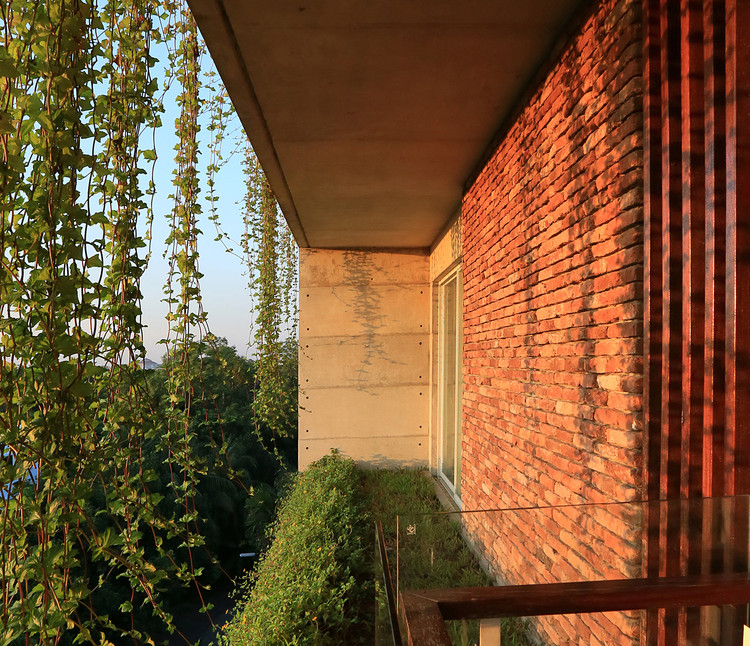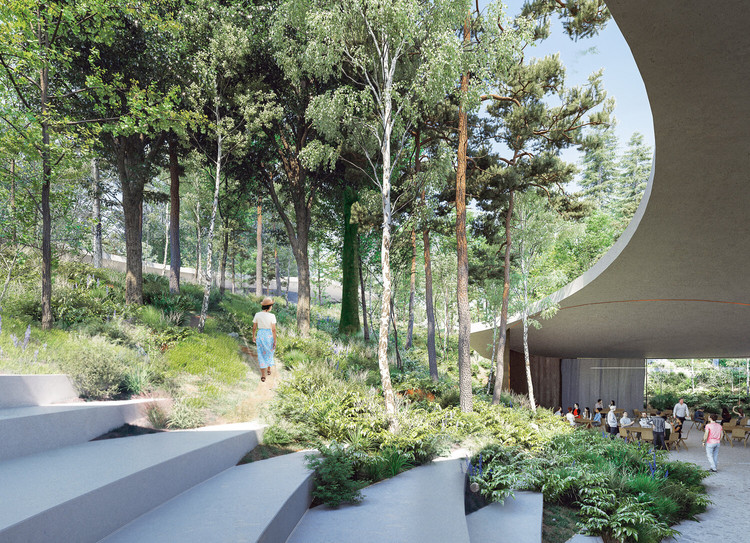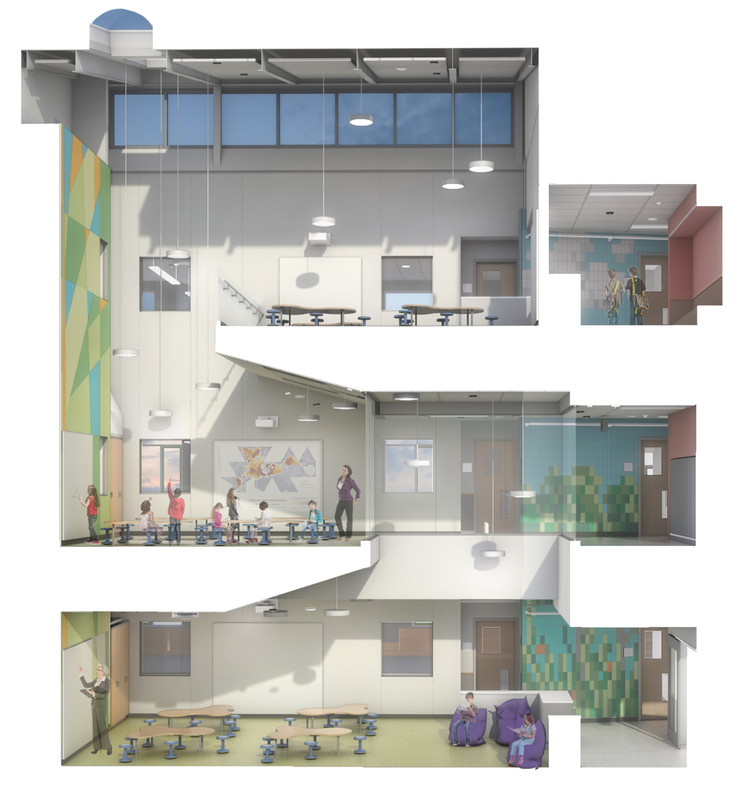
Dissociating architecture from furniture is almost impossible. As Le Corbusier parking contemporary cars in his project photos suggests, the objects that decorate a domestic space demonstrate the wealth and lifestyle of the user who lives in it. From the moment that humanity ceased to be nomadic, there has existed records of rudimentary furniture. In an excavated site dating from 3,100 to 2,500 BCE, a variety of stone furniture was discovered, from cabinets and beds to stone shelves and seats. Since these early examples, furniture has always been used to express ideas: be it the exclusive and luxurious furniture of Ancient Egypt, meant to demonstrate the power and wealth of the empire, to the functional and simplified designs of the Bauhaus, meant to reconstruct rationality in the world, studying the evolution of furniture design is instrumental to understanding architectural styles.
Nowadays, the advancement of technology and the internet has made changes develop faster and faster, making them even more difficult to assimilate and follow. Furniture follows this trend, be it in the way of designing, manufacturing, or even selling products. Below, we outline some ways in which technology has impacted this field:
















.jpg?1588588896)
.jpg?1561029678)
.jpg?1561029668)
_(1).jpg?1561029646)

.jpg?1561029689)














Wade_ZIMMERMAN_15nb_p325.jpg?1525462227)







.jpg?1588147105)
.jpg?1588147126)
.jpg?1588147079)
.jpg?1588147146)
.jpg?1588147038)

.jpg?1587757409)

.jpg?1587757443)
















